Earlier this week and after a decade in the top job, Boeing boss Jim McNerney handed over the reins at the world’s biggest aerospace company to his chief operating officer, Dennis Muilenburg, who will see in the company’s centenary next year – meaning Boeing just about got through its first century with just 10 chief executives including its eponymous founder. So how did McNerney stack up against the other nine?
1. Bill Allen (chief executive 1945-69)
When the de Havilland Comet made its debut at the Farnborough air show in 1952, the first jet-powered airliner made an impression on William McPherson Allen. It had been only six years since the career lawyer was suddenly elevated to be Boeing’s chief executive, and until then the naturally conservative Allen seemed content with developing bombers and aerial refuellers for the US Air Force.
Sometimes the right person comes along at the right time, and for Boeing that person was Bill Allen. It was a different era in the commercial aircraft manufacturing business, one in which taking big risks paid big rewards – sometimes. Allen seldom enjoyed the clarity of an obvious signal from the market. He authorised the launch of the 737 with only a single customer (Lufthansa) signed up. Allen asked his sales team to come up with 100 orders before he would agree to launch the 727; they could manage only 80, with 20 eligible for cancellation. Allen proceeded with the 727 anyway.
But it was the decision that he made after that 1952 Farnborough air show that enshrines Allen’s place at the top of the list of Boeing executives. Facing a development bill of $15 million – equal to four times the company’s combined net profit over the previous six years – and no clear interest from airlines, Allen launched development of the 367-80 prototype. The gamble paid off: first, with a US Air Force tanker contract and later with the 707 and Boeing’s return to the commercial market.
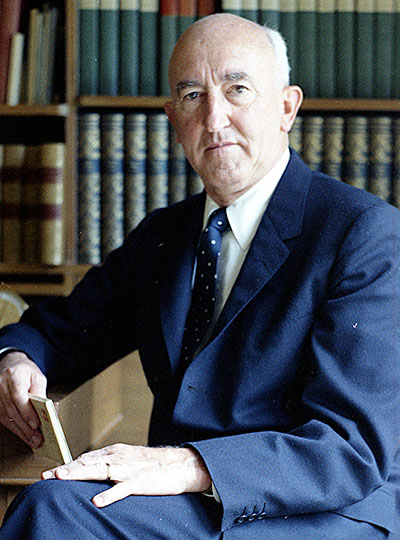
Bill Allen
Boeing
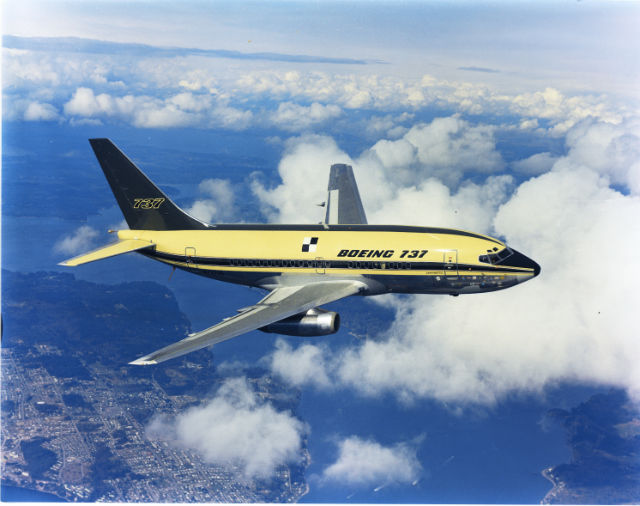
737: first flight
Boeing
2. Claire Egtvedt (1934-39/44-45)
“We are building airplanes, not cement sidewalks.” At the time Claire Egtvedt made that statement to William Boeing in May 1922, Boeing wasn’t building much of anything. Nor was it clear that the little seaplane factory in the Pacific Northwest was destined to design and build its own airplanes.
But that changed when Egtvedt – the company’s chief engineer hired straight out of college in 1917 – told his boss essentially that the company might as well get into the concrete business unless it was willing to let its engineering staff design new aircraft.
William Boeing had the guts to accept Egtvedt’s challenge. Luckily, Egtvedt had the brains to make good on his side of the bargain.
A string of groundbreaking aircraft followed under Egtvedt’s watch over the next two decades. The small new company in Seattle first developed a world-class bi-wing fighter – the PW-9. Then came the low-winged, all-metal Monomail. The aerodynamically sleek and structurally advanced Model 200 – the Monomail’s internal designation – was, alas, ahead of its time. The variable-pitch propeller would not be invented until several years later, so the Monomail’s speed never matched its potential.
Each new design represented a gamble that Egtvedt’s struggling company could not afford to lose. Egtvedt was told he was crazy to propose a four-engined bomber for a US Army Air Corps contract when Douglas was offering a two-engined aircraft. But he persuaded the board of directors to take out a loan of $275,000 to fund the construction of what became the B-17 Stratofortress.

Claire Egtvedt
Boeing
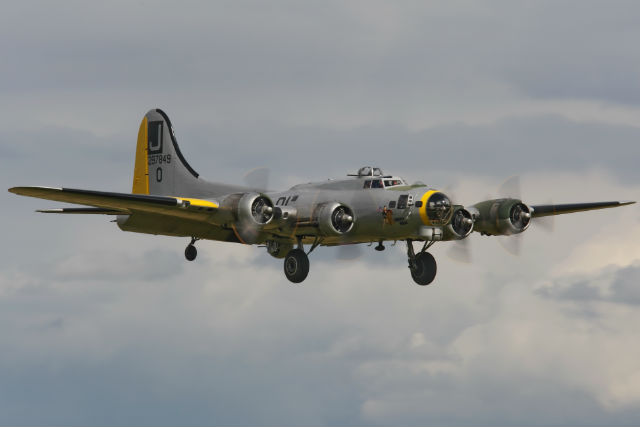
B-17
AirTeamImages
3. T A Wilson (1969-1986)
By the end of 1971, Boeing had not signed a new aircraft order with an airline in 17 months. A $1 billion line of credit was coming due, and dozens of engine-less 747s sat on Boeing’s property, unable to be delivered while Pratt & Whitney sorted out technical and production problems. Boeing had already dismissed more than 60,000 workers combined in 1969 and 1970, but another 25,000 would be laid off in 1971.
It was T A Wilson’s job to clean up the mess. Described by author Clive Irving as “hawk-nosed and with eyes of feral acuity”, the blunt-spoken Missourian’s task was to keep the company alive, despite all the odds.
He had been groomed for a top leadership role since the early 1950s, when he worked as an aerodynamics engineer on the B-52. After a one-year sabbatical at MIT’s Sloane business school, Wilson returned to successfully lead the development and fielding of the Minuteman intercontinental ballistic missile, gathering a reputation as a hard-nosed problem solver with spartan tastes.
That background would serve him well through perhaps Boeing’s darkest chapter. To balance revenues with costs, he slashed the payroll by more than 86,000 employees over a three-year period, lowering head-count to only 56,000. Then, he stabilised the company by getting the 747 back on track and revitalising the 727 programme. As airlines recovered from an economic recession, Boeing’s fortunes improved. And Wilson guided the launch of a pair of twin-jets – the 757 and 767 – that would eventually usurp three-engined rivals made by Douglas and Lockheed.
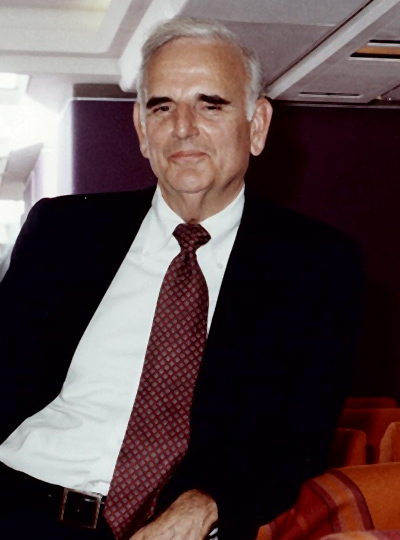
T.A. Wilson
Boeing
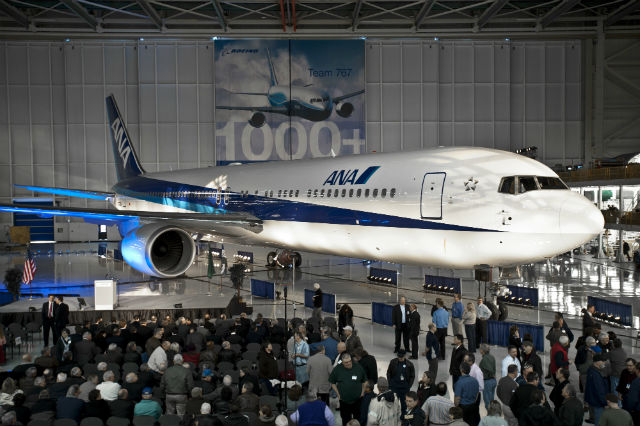
That's a lot of 767s
Boeing
4. Frank Shrontz (1986-96)
After nearly two decades of rule by T A Wilson, Boeing needed a change. Frank Shrontz had entered the company in 1958 after graduating from law school, turning down an offer from the pharmaceutical firm Eli Lilly. He left the company in 1972 to join the Nixon administration, serving an as an assistant secretary of the air force and assistant secretary of defence. He returned in 1975, clearly being groomed for a top leadership role.
Although a career lawyer and manager working in the defence business, Wilson moved Shrontz to take over the 707/727/737 business in Renton, Washington. Any future Boeing leader would need some experience with the commercial aircraft business, and Shrontz delivered. He launched the 737-300, pairing it with the transformative CFM56 engine. Shrontz was then made vice-president of sales, and quickly scored Boeing’s first commercial deal in China after a series of tense negotiations.
Succeeding Wilson in 1986, Shrontz’s role would also prove transformational, but mostly behind the scenes. His very appointment sent a message to Wall Street that the engineering-led culture would be tamed and disciplined. So the pioneering 7J7 concept – a ducted-fan powered 737 replacement – was binned in 1989 over the objections of some prospective customers: too risky.
As a commercial orders slump hit the company hard in the early 1990s, Shrontz continued to push for internal reforms. Boeing’s corporate culture had evolved over several decades into a patchwork of loose managerial style in some places and highly bureaucratic and others. Shrontz’s goal was to install a set of Japanese-inspired quality management processes and consolidated design tools. The first test case of the Shrontz reforms proved successful, with the 777 entering service on time and becoming a best-seller.
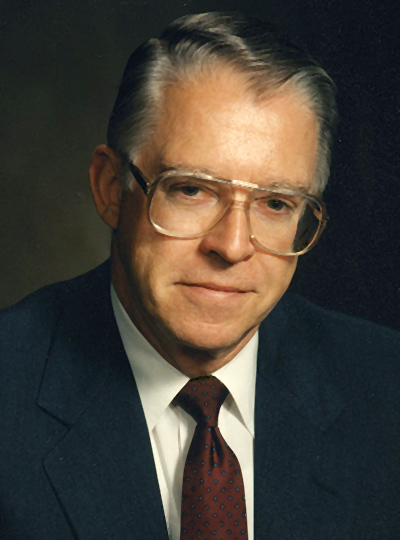
Frank Shrontz
Boeing
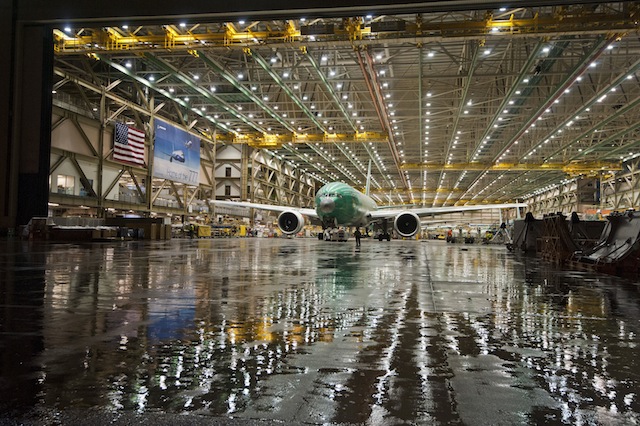
777
Boeing
5. Jim McNerney (2005-2015)
Jim McNerney entered the job in 2005 on the cusp of an unprecedented 11-year boom in commercial aircraft orders. He also inherited a promising aircraft development programme in the 787, a unionised workforce increasingly upset over the company’s outsourcing strategy and a defence business struggling to find its place.
Ten years later, Boeing is building 787s faster than any other widebody, although its well-chronicled development crises damaged the company’s reputation. The outsourcing strategy McNerney inherited has been rolled back, but a successful drive to eliminate pensions and shift jobs to “right to work” states has left the labour groups even more agitated. And the outlook for the defence unit is still uncertain, with much resting on a looming US Air Force contract award for a long-range strike bomber.
But McNerney’s most significant legacy will be his insistence on heeding the stock market’s demand for more cash and less risk. If Frank Shrontz’s challenge was to discipline an engineering-led culture, McNerney’s role became transforming the company’s mindset. His famous “no moonshot” approach – his glib and historically awkward name for not repeating the mistakes of the 787 – has taken hold. It will be another at least another decade before Boeing introduces a new commercial aircraft design.
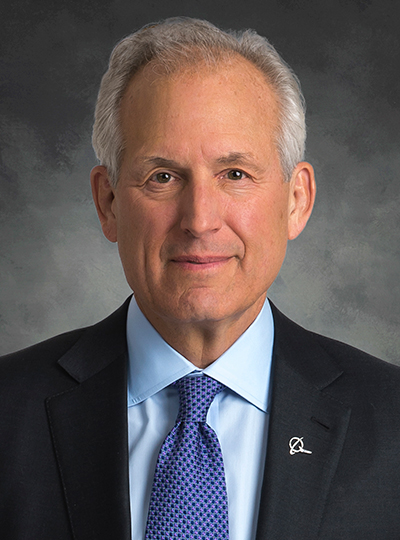
Jim McNerney
Boeing
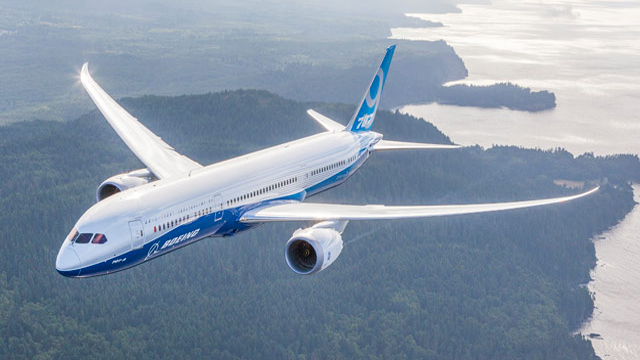
787-9
Boeing
6. William Boeing (1916-34)
On 4 July 1914 – America’s Independence Day – a barnstorming flier visiting Seattle named Terah Maroney agreed to take up two paying customers one-at-a-time. Upon landing, William Boeing said to his fellow enthusiastic passenger Conrad Westervelt, “I think it would be easy to build a better airplane”.
A year later, William Boeing and Westervelt decided to build two aircraft called the B&W, using the Heath shipyard on the Duwamish River to build the pontoons and wings and a hangar on Lake Union to assemble the fuselages. But Westervelt was a naval officer and was transferred to new duties on the US East Coast. In 1916, Boeing incorporated the “Pacific Aero Products Co.”
It was just in time for the new company to capitalise on war-driven demand for new aircraft. Boeing then faced the challenge of navigating his new company through the post-war bust and a market flooded by surplus products. In 1922, he indulged his engineering chief’s request to invest in new aircraft designs, which would keep the company at the forefront of aeronautic innovation for a century and counting.
Boeing also participated in the early aviation industry’s consolidation, forming the United Aircraft and Transport Corporation. Besides Boeing, it included Hamilton Standard, Northrop, Pratt & Whitney, Sikorsky, Stearman, Chance Vought and the early version of the carrier that became United Airlines. That conglomerate’s size and power attracted scrutiny from Congress, which ordered a corporate break-up. In protest, William Boeing sold his stock and retired.
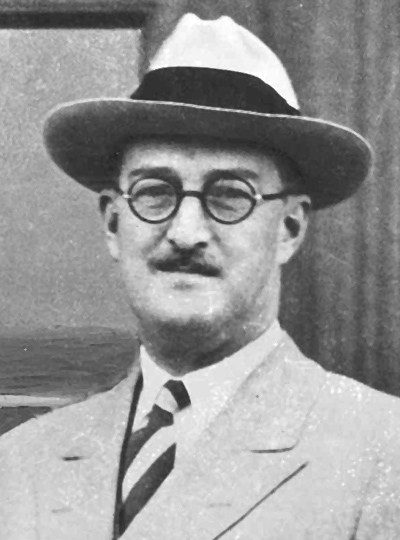
Bill Boeing
Boeing

Replica of Boeing B&W Seaplane at the Museum of Flight, Seattle
KudzuVine/wikimedia commons
7. Phil Johnson (1939-44)
Between July 1940 and August 1945, Boeing delivered more than 17,500 aircraft to the US War Department, according to a US Army history of the aviation industry’s mobilisation during the Second World War.
The scope of the effort was still unknown in 1939, but Claire Egtvedt was already aware that his company needed a production expert to support the coming mobilisation. And, Egtvedt knew exactly who would be best for the job: his old co-worker Phil Johnson.
Egtvedt and Johnson were hired on the same day in 1917 to become the company’s first engineers. Egtvedt specialised in innovative aircraft designs, but Johnson became known as a master manager. Johnson played a key role in the management of the United Aircraft and Transport Corp, but the break-up of the conglomerate drove him out of manufacturing for more than five years. In a strange twist, Johnson moved to Canada to help establish Trans-Canada Airlines, which became Air Canada.
Returning to Seattle in 1939, Johnson prepared the company to ramp-up production while ushering the B-17 through development and launching design of the B-29. By 1944, he was making early plans to guide the company through the transition to peacetime industry, considering new products such as cars and furniture. But he died of a cerebral haemorrhage in September 1944 during a visit to the company’s factory in Wichita, Kansas. Boeing returned his body to Seattle in the bomb bay of a company-owned B-17.
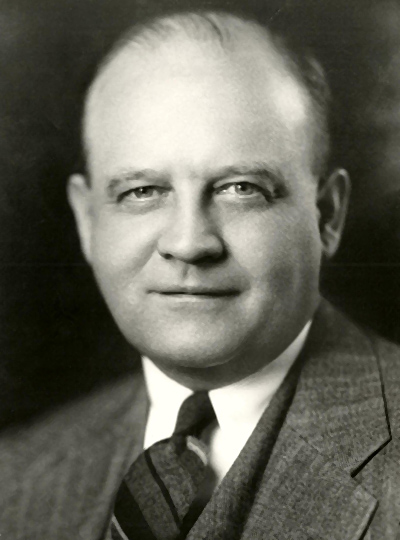
Phil Johnson
Boeing

B-29
AirTeamImages
8. Phil Condit (1996-2003)
It’s true that Boeing would not be the same company today without Phil Condit’s seven-year term as CEO from 1996-2003. That coincided with a period of massive consolidation of the US defence and space industries, and Condit emerged as a clear leader. Boeing not only acquired historic brands such as Rockwell, Hughes Space and Communications and Jeppesen during this period. Condit also steered a merger with historic rival McDonnell Douglas, making Boeing the largest aerospace company the world had ever seen.
That record alone should have cemented Condit’s place as one of Boeing’s most visionary leaders.
But Condit will always be remembered for a string of corporate scandals and embarrassments that occurred on his watch that led to his ousting in late 2003. He resigned amid allegations that Boeing’s chief financial officer Mike Sears engaged in improper hiring negotiations with senior Pentagon acquisition executive Darleen Druyun as details of a plan to lease 767 tankers from Boeing were being settled. The revelation came only months after Boeing acknowledged stealing hundreds of thousands of pages of documents belonging to Lockheed’s space division in 1998.
Boeing also struggled financially and operationally on Condit’s watch. As Condit focused on completing the McDonnell Douglas merger, the company’s commercial aircraft production system fell apart for several months, causing months of delivery delays and a $2.6 billion charge. The mergers that Condit engineered also proved more costly than he expected, with Boeing announcing a string of charges including a $1.1 billion write-down related to the Hughes acquisition in 2003.
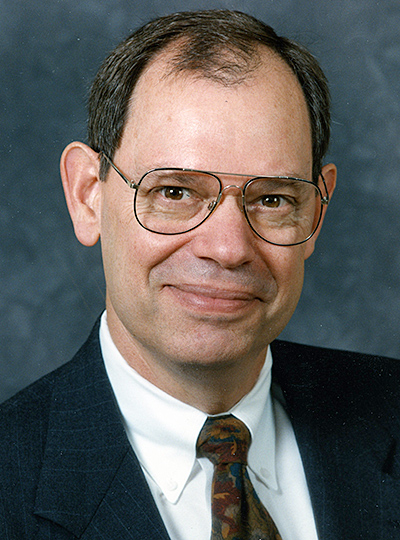
Phil Condit
Boeing
9. Harry Stonecipher (2003-05)
Harry Stonecipher could have played the role of corporate hero. Known as a decisively frank executive, the former CEO of both Sundstrand and McDonnell Douglas replaced the scandal-plagued Phil Condit at the end of 2003. Almost immediately, Stonecipher set a hard-charging tone: launching the 7E7 programme (later renamed the 787) and launching what would become a decade-long trade war with Airbus over alleged subsidies.
But his tenure would be short-lived. After admitting an extra-marital affair with a subordinate, Stonecipher resigned slightly more than a year after replacing Condit. Instead of playing the role of a corporate hero, Stonecipher’s abrupt exit proved another leadership challenge that his successors would have to overcome.
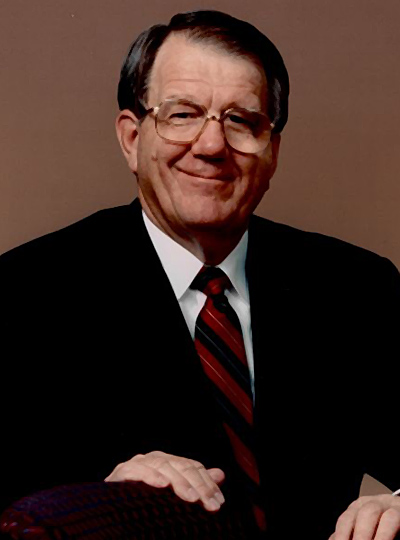
10. James Bell (2005)
James Bell served as interim chief executive of Boeing during the four months in 2005 between the resignation of Harry Stonecipher and the hiring of Jim McNerney. His role was therefore that of a corporate caretaker rather than a true chief executive.

James Bell
Boeing
Source: FlightGlobal.com



















